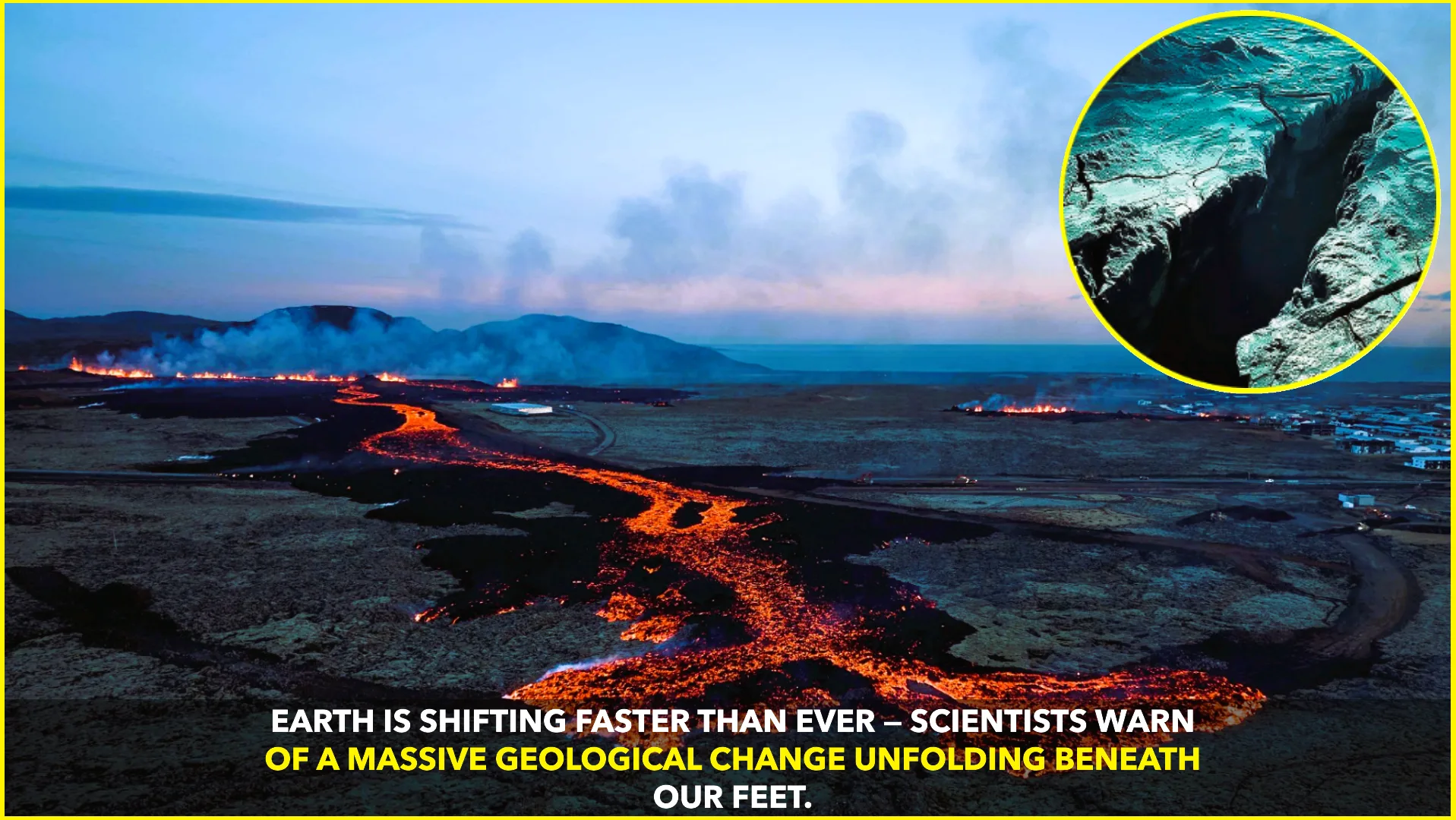India’s digital economy is booming, fueled by rapid advancements in fintech and e-commerce. As digital transformation sweeps across the nation, these sectors are not only driving economic growth but also creating millions of jobs, transforming traditional business models, and enhancing financial inclusion. In 2024, the fintech and e-commerce sectors are playing a pivotal role in shaping India’s economic landscape, propelling the nation towards becoming a global digital powerhouse. This article delves into how fintech and e-commerce are contributing to India’s growth story, supported by strategic government initiatives, robust technological infrastructure, and a digitally-savvy population.
1. The Rise of FinTech: Revolutionizing Financial Services
India’s fintech sector has emerged as one of the most dynamic and rapidly growing segments of the digital economy. The country boasts one of the highest fintech adoption rates globally, with a market size expected to reach $150 billion by 2025. In 2024, fintech continues to revolutionize financial services through innovations in digital payments, lending, insurance, and wealth management.
Digital Payments Surge
One of the most significant impacts of fintech on India’s economy is the surge in digital payments. The introduction of the Unified Payments Interface (UPI) has transformed how transactions are conducted, making payments faster, cheaper, and more accessible. As of 2024, UPI handles over 50% of India’s digital payment transactions, significantly boosting financial inclusion by bringing millions of unbanked individuals into the formal financial system. According to a report by the National Payments Corporation of India (NPCI), UPI transactions crossed 10 billion in a single month for the first time in 2024, reflecting the growing trust and reliance on digital payments.
Expanding Digital Lending
Digital lending has also seen explosive growth, catering to the credit needs of small businesses and individuals who were previously underserved by traditional banks. Fintech companies are leveraging technology to provide quick, hassle-free loans through digital platforms, bypassing the lengthy paperwork and stringent requirements of conventional lenders. This shift has been particularly beneficial for micro, small, and medium enterprises (MSMEs), which are the backbone of India’s economy. For more insights on the impact of fintech on small businesses, read our article on Fintech’s Role in Empowering Indian MSMEs.
2. E-commerce: The Catalyst for Economic Growth
E-commerce is another pillar of India’s digital economy, driving consumption, creating jobs, and providing a platform for businesses of all sizes to reach a broader audience. The e-commerce market in India is expected to reach $200 billion by 2026, supported by a young, tech-savvy population, increasing internet penetration, and the convenience of online shopping.
Market Expansion and Consumer Behavior
In 2024, the e-commerce sector has continued its rapid expansion, fueled by a shift in consumer behavior towards online shopping, accelerated by the COVID-19 pandemic. Major players like Amazon, Flipkart, and Reliance Retail are investing heavily in logistics, warehousing, and technology to improve customer experience and expand their reach into rural areas. According to a report by Indian Brand Equity Foundation (IBEF), India’s e-commerce sector is growing at a compound annual growth rate (CAGR) of 19%, with significant contributions from tier 2 and tier 3 cities.
Job Creation and Entrepreneurship
E-commerce is also a significant contributor to job creation in India. The sector is estimated to create over 1.5 million jobs by 2025, including roles in logistics, customer service, technology, and sales. Moreover, e-commerce platforms have empowered millions of small businesses and individual entrepreneurs by providing them with an online marketplace to sell their products and services. This democratization of commerce has opened new avenues for income generation, particularly for women and rural entrepreneurs. For a detailed look at the job market in the digital economy, explore our article on Job Creation in India’s Digital Economy.
3. Government Initiatives: Supporting the Digital Ecosystem
The Indian government has played a crucial role in nurturing the digital economy through policies and initiatives designed to promote digital literacy, infrastructure, and innovation. Programs like Digital India, Make in India, and Startup India have created a conducive environment for the growth of fintech and e-commerce.
Digital India and Financial Inclusion
The Digital India initiative, launched in 2015, has been instrumental in expanding internet access and promoting digital literacy across the country. By 2024, the program has successfully connected over 1 billion citizens to the internet, enabling them to participate in the digital economy. Additionally, the Jan Dhan-Aadhaar-Mobile (JAM) trinity has facilitated direct benefit transfers, reduced leakages, and increased transparency in government welfare schemes, furthering financial inclusion.
Regulatory Support for FinTech and E-commerce
Regulatory bodies like the Reserve Bank of India (RBI) and the Securities and Exchange Board of India (SEBI) have also introduced measures to support the fintech ecosystem. These include regulatory sandboxes, which allow fintech startups to test their innovations in a controlled environment, and guidelines for digital lending to protect consumers and promote fair practices. The government’s push towards digitization, combined with a favorable regulatory landscape, is expected to drive continued growth in fintech and e-commerce. For more on government initiatives, read our detailed coverage on India’s Digital Transformation Strategy.
4. Future Outlook: Challenges and Opportunities
While the digital economy presents immense opportunities, it is not without challenges. Issues such as cybersecurity threats, data privacy concerns, and the digital divide remain significant hurdles that need to be addressed. Ensuring that the benefits of digital growth reach all segments of society, including rural and underprivileged communities, will be key to sustaining momentum.
Looking ahead, the integration of advanced technologies like artificial intelligence, blockchain, and 5G will further accelerate the digital economy’s growth. Fintech companies are expected to expand their services beyond payments and lending, exploring areas such as wealth management, insurtech, and decentralized finance. Similarly, e-commerce platforms will continue to evolve, offering personalized shopping experiences through AI-driven analytics and expanding into new categories such as healthtech and edtech.
Conclusion
The digital economy boom in India, driven by fintech and e-commerce, is reshaping the country’s economic landscape in 2024. By enhancing financial inclusion, creating jobs, and transforming traditional business models, these sectors are not only contributing to economic growth but also positioning India as a leader in the global digital economy. As the government and private sector continue to invest in digital infrastructure and innovation, the future of India’s digital economy looks promising, with vast potential to drive inclusive and sustainable growth.
For more insights into the evolving digital landscape in India, explore our other articles on Epic Infinite, including The Role of Technology in India’s Economic Growth and Navigating Digital Disruption in 2024.










